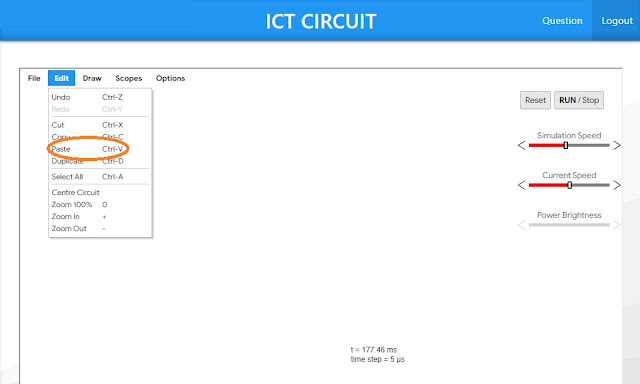COMPUTER SCIENCE EDUCATION
This blog is about Tamil Nadu 12th computer science python programming language, ICT Lab, ICT Circuit and more apart from this ............................
PROGRAMMING LANGUAGE
 |
An artificial language could be a formal language comprising a group of directions that turn out varied types of output. Programming languages are employed in programming to implement algorithms.
Most programming languages encompass directions for computers. There are programmable machines that use a group of specific directions, instead of general programming languages. Early ones preceded the invention of the computing machine, the primary in all probability being the automated instrumentalist represented within the ninth century by the brothers Musa in Baghdad, throughout the Moslem Golden Age.Since the first 1800s, programs are wont to direct the behavior of machines like Jacquard looms, music boxes and player pianos.The programs for these machines (such as a player piano's scrolls) didn't turn out completely different behavior in response to different inputs or conditions.
Thousands of various programming languages are created, and additional are being created once a year. several programming languages are written in an important type (i.e., as a sequence of operations to perform) whereas alternative languages use the declarative type (i.e. required results specified, not the way to succeed it).
The description of an artificial language is sometimes split into the 2 parts of syntax (form) and linguistics (meaning). Some languages are outlined by a specification document (for example, the C artificial language is specific by AN ISO Standard) whereas alternative languages (such as Perl) have a dominant implementation that's treated as a reference. Some languages have each, with the essential language outlined by a regular and extensions taken from the dominant implementation being common.











